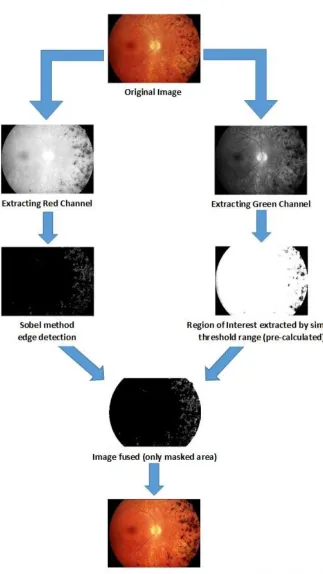An Automated Approach to Differentiate a Normal eye from a Defective Eye
Full text
Figure




Related documents
The LSB method is used for generating the watermarked image from the standard image, the hard and soft thresholding method is used to compose the noisy data into an orthogonal
Figure 1: Legionella pneumophila 2-15 loads (CFU/L) detected in Villamarina general hospital before the start of disinfection program with hydrogen peroxide (sampling of 07 th
Tra- jectories cross the uncertainty curve (and cross the separatrix in the phase plane of fast variables) and should appear in- side the single potential well in the (t2)
Attention may be drawn to the fact that whereas Broadbent (1951) found that an unamended silty loam incubated in an aeration stream containing 21 % oxygen lost nearly one-fifth of
This research focuses on the ways in which teaching assistants are deployed to support learning in secondary schools and investigates the effect of the
In the Polish cinema of the past fifteen years, with the exception of the gangster and provincial films, there have been no new movements, schools, waves, trends, or film theories
Equity Market Risk Premium (EMRP) on the Finnish stock market 4 Non-liquid stocks’ additional risk premium 6 The continued rise of the Finnish stock market and initial public
This allowed us to examine the predicted two-way interaction between age and cognitive load in the retro-cue condition: given previous work (e.g., Rerko et al.,